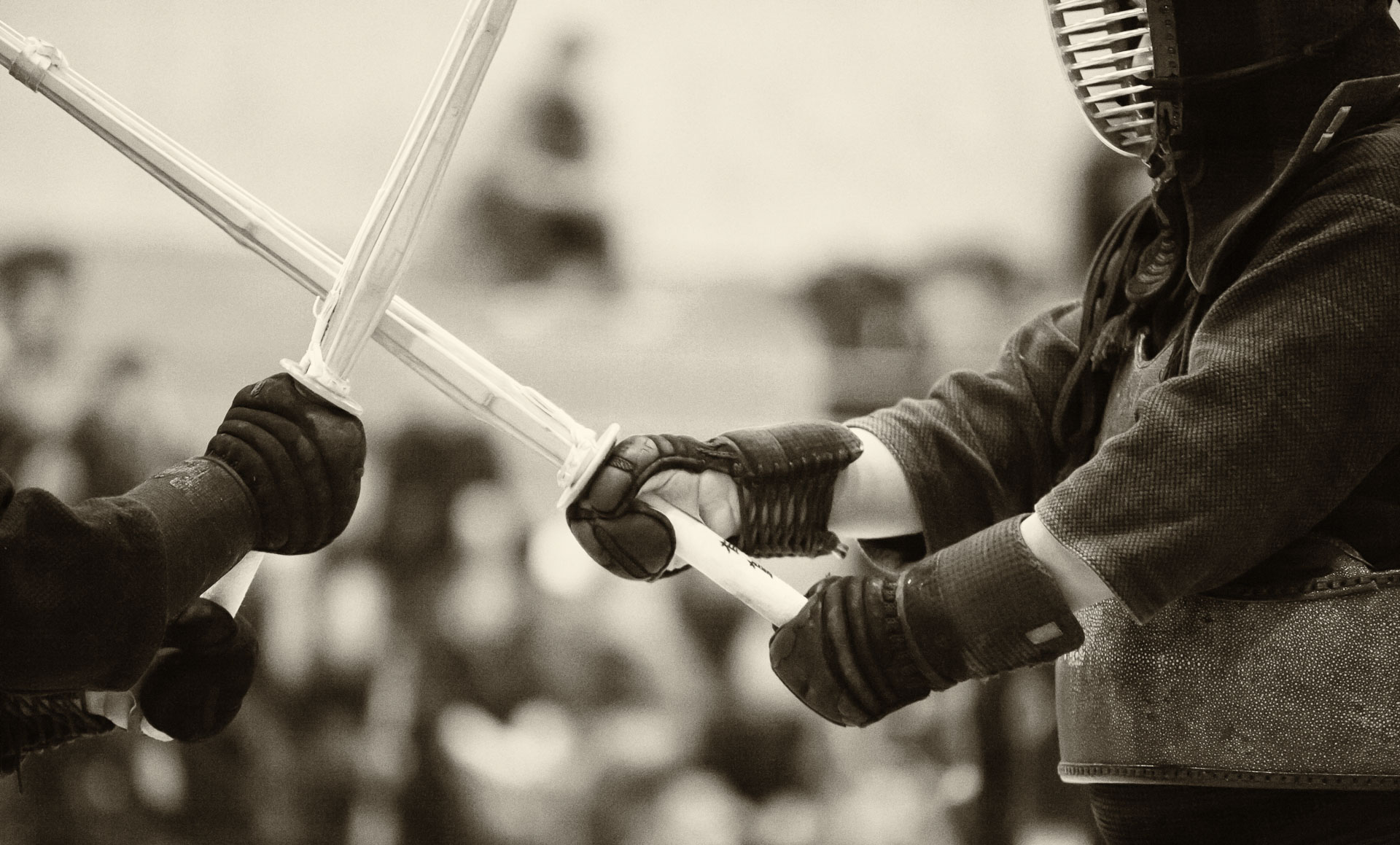
In a recent interview, Chuck Klosterman, the author of “Sex, Drugs, and Cocoa Puffs
”, mentioned that while it is difficult to predict, which musician/artist/scientist would be considered the most historically important figure of the current period many years from now, it is unlikely that it would be someone, who is considered as the leader of his/her field right now. Klosterman suggests that in order to have retrospective historical weight, an author (or a piece of art, scientific work, etc.) needs to meet at least one of the two criteria: he/she/it needs to offer true innovation, i.e. to be the first the first ever in the specific field, or he/she/it must represent the culmination of the development of the field that changes how people think, i.e. to be the last in the field – the finishing touch that completes it and points to a fundamentally new paradigm.
Basically, history likes those who are are either the first or the last in their area of work.
This concept has some parallels with the strategy for creating innovations outlined by Cal Newport in “Deep Work”: be on the leading edge of your field and then look just beyond it using patterns similar to those that exist (and are already known) in other fields.

Of course, following the Newport’s strategy does not guarantee that the future generations will pick your work as singularly significant. However, stepping beyond the leading edge of your field gives you the chance to be the first in a completely new area, while getting to the leading edge gives you the chance to be the last in your field – the one who applies the unifying finishing touch to the existing body of work.
There are a couple of implications of this concept. First, you cannot be a narrow specialist. In order to apply known patterns from other areas, you need to have at least some knowledge of the fields beside your own area of expertise. As Miyamoto Musashi wrote in his famous “The Book of Five Rings, “Develop intuitive judgement and understanding for everything.”
Second, you cannot be a pure generalist either. You need to specialize in something in order to develop the deep expertise that would enable you to do cutting edge work in this area. Becoming an expert of that caliber is, of course, the hardest part of the process.

































